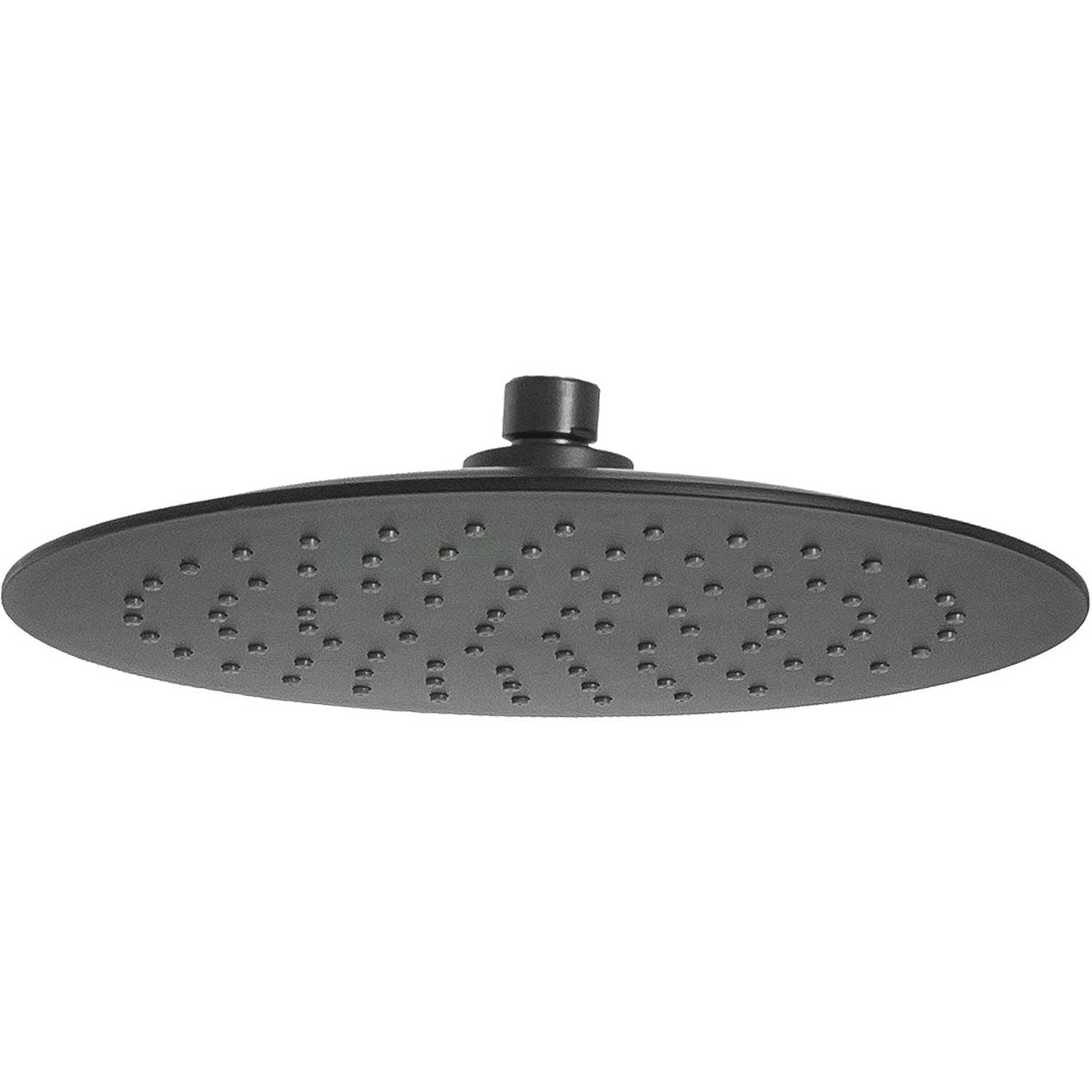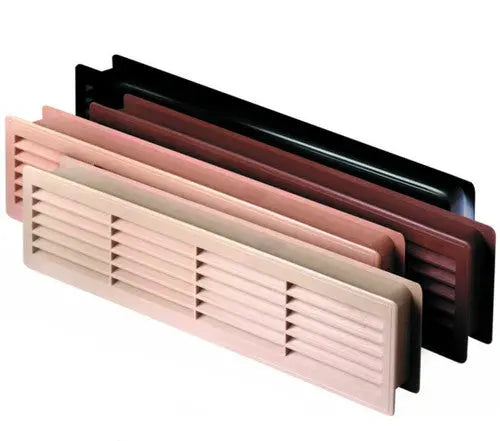
Is your radiator acting up? Are you constantly dealing with uneven heating or strange noises coming from your heating system? It might be time to bleed your radiator. Don't worry if you're not sure how to do it – this ultimate guide will provide you with step-by-step instructions. In this comprehensive guide, we will walk you through the process of bleeding a radiator to ensure that it functions efficiently and effectively. From gathering the necessary tools to identifying which radiators need bleeding, we've got you covered. Follow along as we explain the importance of bleeding radiators and guide you on how to do it safely. We'll debunk common misconceptions and address any concerns you may have. By the end of this guide, you'll have the confidence and knowledge to tackle radiator bleeding yourself. So, say goodbye to cold spots and enjoy a cosy, warm home. Let's get started on this DIY journey to a comfortable living space.
During those chilly winter months, a properly functioning radiator can make all the difference in keeping our homes warm and cosy. However, over time, air bubbles may get trapped in the system, causing cold spots and reducing the heating efficiency. This is where bleeding your radiator becomes essential. In this step-by-step guide, we will walk you through the process of how to bleed a radiator to ensure optimal heating performance.
1. Understanding the Basics: Why Do Radiators Need Bleeding?
Radiators can accumulate air pockets, causing trapped air to hinder the flow of hot water and reducing its effectiveness at heating the room. These air bubbles need to be removed by bleeding the radiator, allowing hot water to evenly circulate and providing efficient warmth throughout the space.
2. Preparing for the Task: Tools You Will Need
Before you start, gather the necessary tools for this task: a radiator key or flat-headed screwdriver, a rag or towel to catch any drips, and safety gloves to protect your hands. It's always wise to switch off the central heating system and allow the radiator to cool down before beginning the bleeding process.
3. Locate the Bleed Valve
Each radiator has a small bleed valve, usually located at the top corner on one side. It might be concealed by a plastic cap that can be easily unscrewed or, in some cases, simply exposed. Identifying this valve is crucial for finding the right spot to release the trapped air.
4. Protecting Against Potential Leaks
To prevent water from leaking onto your floor, place a towel or rag beneath the bleed valve. Additionally, have a container handy to collect any escaping water during the bleeding process.
5. Releasing the Trapped Air
Insert the radiator key or flat-headed screwdriver into the bleed valve and turn it slowly counter clockwise. You should hear a hissing sound as the trapped air escapes. Keep a close eye on the towel or container for any water flow. Once all the air is released and steady streams of water appear, quickly close the valve by turning it clockwise.
6. Checking the Pressure
After bleeding, it's important to check your system's pressure. Most modern radiators require a pressure of 1.5 to 2 bar for optimal performance. Consult your boiler's user manual to learn the correct pressure for your specific heating system. If necessary, refill your central heating system to reach the desired pressure.
7. Bleeding Multiple Radiators
If you have multiple radiators in your home, repeat the process for each one, starting with the ground floor and working your way up. Remember to check the pressure after each bleeding session.
Bleeding your radiators is a straightforward DIY task that can significantly improve your heating system's efficiency. By following this step-by-step guide, you can easily remove trapped air and ensure the warmth spreads evenly throughout your home. Performing this maintenance periodically will lead to reduced energy consumption, cost savings, and a cosily heated living space all winter long. Stay warm!
1. Understanding the Basics: Why Do Radiators Need Bleeding?
Radiators can accumulate air pockets, causing trapped air to hinder the flow of hot water and reducing its effectiveness at heating the room. These air bubbles need to be removed by bleeding the radiator, allowing hot water to evenly circulate and providing efficient warmth throughout the space.
2. Preparing for the Task: Tools You Will Need
Before you start, gather the necessary tools for this task: a radiator key or flat-headed screwdriver, a rag or towel to catch any drips, and safety gloves to protect your hands. It's always wise to switch off the central heating system and allow the radiator to cool down before beginning the bleeding process.
3. Locate the Bleed Valve
Each radiator has a small bleed valve, usually located at the top corner on one side. It might be concealed by a plastic cap that can be easily unscrewed or, in some cases, simply exposed. Identifying this valve is crucial for finding the right spot to release the trapped air.
4. Protecting Against Potential Leaks
To prevent water from leaking onto your floor, place a towel or rag beneath the bleed valve. Additionally, have a container handy to collect any escaping water during the bleeding process.
5. Releasing the Trapped Air
Insert the radiator key or flat-headed screwdriver into the bleed valve and turn it slowly counter clockwise. You should hear a hissing sound as the trapped air escapes. Keep a close eye on the towel or container for any water flow. Once all the air is released and steady streams of water appear, quickly close the valve by turning it clockwise.
6. Checking the Pressure
After bleeding, it's important to check your system's pressure. Most modern radiators require a pressure of 1.5 to 2 bar for optimal performance. Consult your boiler's user manual to learn the correct pressure for your specific heating system. If necessary, refill your central heating system to reach the desired pressure.
7. Bleeding Multiple Radiators
If you have multiple radiators in your home, repeat the process for each one, starting with the ground floor and working your way up. Remember to check the pressure after each bleeding session.
Bleeding your radiators is a straightforward DIY task that can significantly improve your heating system's efficiency. By following this step-by-step guide, you can easily remove trapped air and ensure the warmth spreads evenly throughout your home. Performing this maintenance periodically will lead to reduced energy consumption, cost savings, and a cosily heated living space all winter long. Stay warm!
Check our range of radiator bleeding valves.






